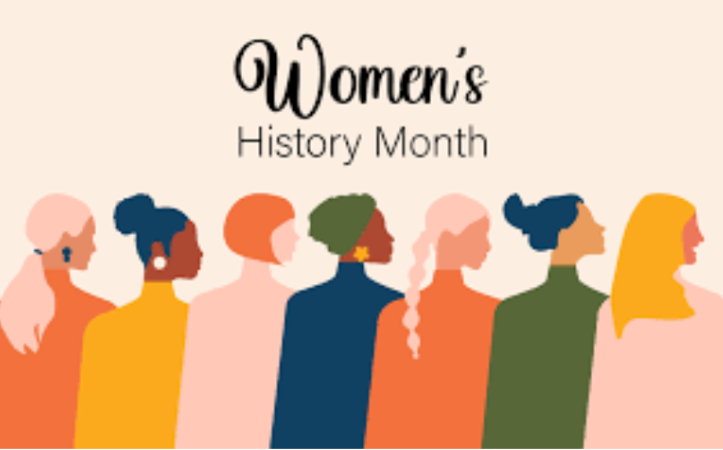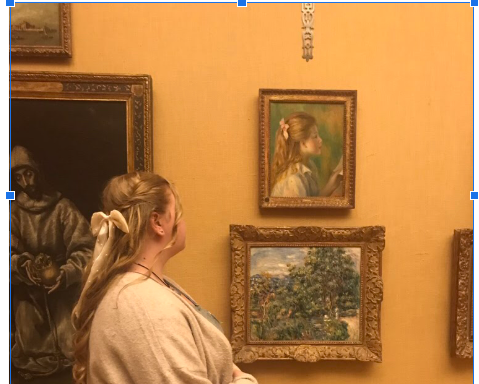Women make up approximately 50.4% of the US population. There are more women in the workforce than ever before, yet they earn an average of 16% less than men. We continue to live in a world where a woman’s right to make her own decisions is scrutinized and sometimes even revoked. Women’s History Month is a way to celebrate the women of the past and a reminder to join together and make the future better.
Background:
In 1911, International Women’s Day was first recognized in Europe. In the US, it began as a local celebration for Santa Rosa, California in 1978. It originally lasted for a week, (overlapping with International Women’s Day on purpose) and the idea quickly spread to other communities. By 1980, many women’s groups and advocates were petitioning for national recognition, later given by Jimmy Carter. In 1987, it was officially declared as a month, which we recognize every March to this day. It is not only celebrated in the US, but also in Australia and the UK. The National Women’s History Alliance chooses a theme to make the event more specific each year. For 2024, the theme is women who advocate for equity, diversion, and inclusion.
Significance
Women created a remarkable amount of the past; they shaped it with their contributions, creations, and leadership. Despite this, they were often overlooked, discredited, and denied. Not to mention the abuse they endured. Women’s History Month serves as a memoir of all the women who suffered so that women today can succeed. All of the women who smashed glass ceilings and stomped on the patriarchy. It honors the past and reminds women of who they are and what they are capable of. It empowers, inspires, and empathizes the value that women hold in society, the value that was always there and will continue to live on. It is a time to reflect and honor the women of the past, often extremely overlooked, and look forward to and support the women of the future.
How can you celebrate Women’s History Month?
There are many ways to acknowledge and celebrate Women’s History Month! Some can include:
-Support female-owned businesses and companies
-Read books on women in history or see a museum exhibit
-Participate in activities for women in your community
-Tell the women in your life how much you appreciate them
-Look into groundbreaking women in a field you find interesting
-Make yourself aware of issues that women still face
-Speak out
-Call a woman in your family and ask her about her life, her achievements, her dreams, etc.
At its core, Women’s History Month is about visibility. Acknowledging and supporting women is a huge part of being an advocate. Learn about women’s history, and about what impacts them today. Remember that there is nothing women are incapable of doing. “We may encounter many defeats but we must not be defeated.” -Maya Angelou









